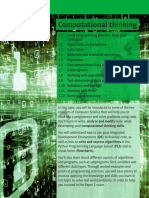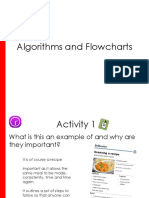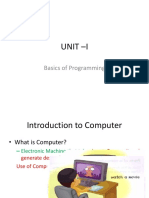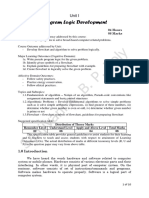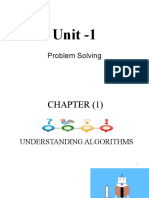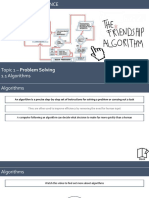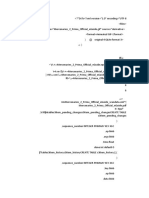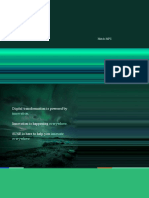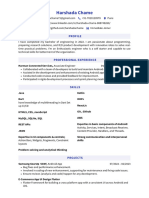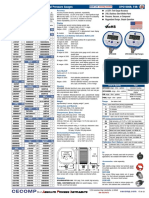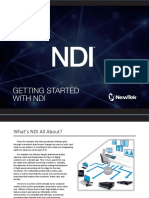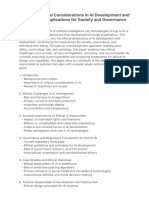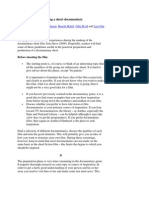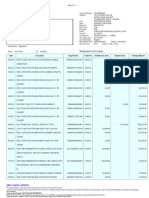0% found this document useful (0 votes)
11 views23 pagesUnit 1 - Problem Solving - 1
Unit 1 of the IGCSE Computer Science course focuses on algorithms, covering topics such as understanding, creating, and displaying algorithms, as well as sorting and searching algorithms. It defines an algorithm as a step-by-step procedure for solving problems and discusses the elements that make up an algorithm, including steps, decisions, and iterations. The unit also emphasizes the importance of accuracy, consistency, and efficiency in algorithms, and introduces various methods for displaying them, such as written descriptions, flowcharts, and pseudocode.
Uploaded by
sama2.3awadCopyright
© © All Rights Reserved
We take content rights seriously. If you suspect this is your content, claim it here.
Available Formats
Download as PPTX, PDF, TXT or read online on Scribd
0% found this document useful (0 votes)
11 views23 pagesUnit 1 - Problem Solving - 1
Unit 1 of the IGCSE Computer Science course focuses on algorithms, covering topics such as understanding, creating, and displaying algorithms, as well as sorting and searching algorithms. It defines an algorithm as a step-by-step procedure for solving problems and discusses the elements that make up an algorithm, including steps, decisions, and iterations. The unit also emphasizes the importance of accuracy, consistency, and efficiency in algorithms, and introduces various methods for displaying them, such as written descriptions, flowcharts, and pseudocode.
Uploaded by
sama2.3awadCopyright
© © All Rights Reserved
We take content rights seriously. If you suspect this is your content, claim it here.
Available Formats
Download as PPTX, PDF, TXT or read online on Scribd
/ 23


